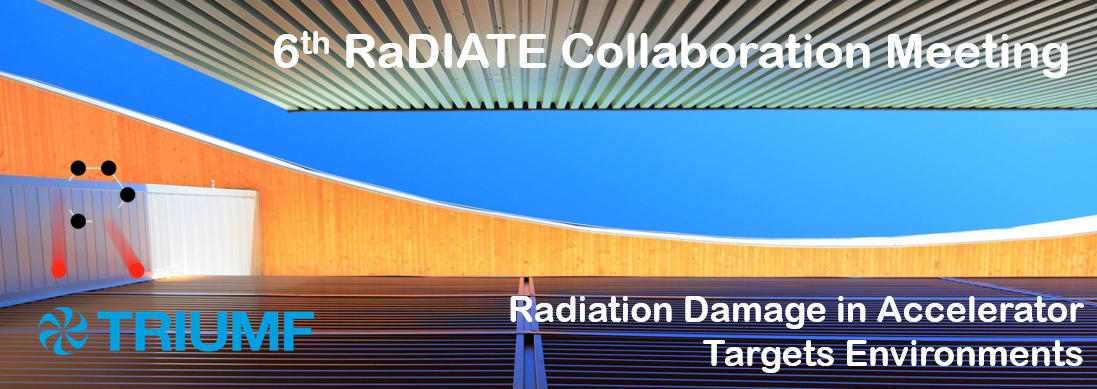Speaker
Ms
Cassidy Donaldson
(TRIUMF)
Description
TRIUMF’s Advanced Rare IsotopE Laboratory (ARIEL) requires a new design of an ISOL target container that approaches an emissivity (ε) of 1, as is achieved at ISAC via cooling fins [1]. ARIEL’s new target geometry precludes the use of cooling fins as a viable option for heat dissipation, leading to exploration of other high-emissivity options. Small-scale (µm) surface modification is considered as a way to increase the emissivity [2,3,4]. Simulations were constructed using COMSOL Multiphysics to mimic basic reflectance measurement results from literature; the same model was then used to simulate tantalum micro-geometry surface structures and report the average reflectance. Geometries were found that increased the emissivity by greater than Δε = 0.5 in a select wavelength band. Test pieces have been designed and will be used to validate the results of the simulations as well as explore the survival of the structure at ≈ 2500 K.
Primary author
Ms
Cassidy Donaldson
(TRIUMF)
Co-authors
Mr
Alexander Carbo
(TRIUMF)
Dr
Alexander Gottberg
(TRIUMF)
Dr
Carla Babcock
(TRIUMF)
Mr
Fernando Alejandro Maldonado Millan
(UVIC/TRIUMF)
Mr
Mathew Brownell
(TRIUMF)
Tom Day Goodacre
(TRIUMF)

